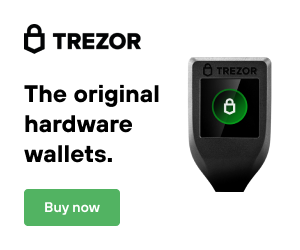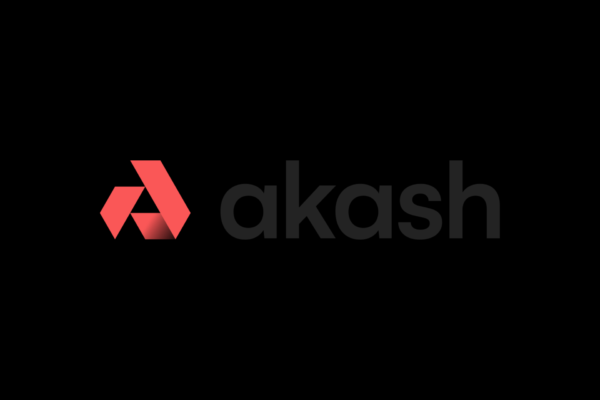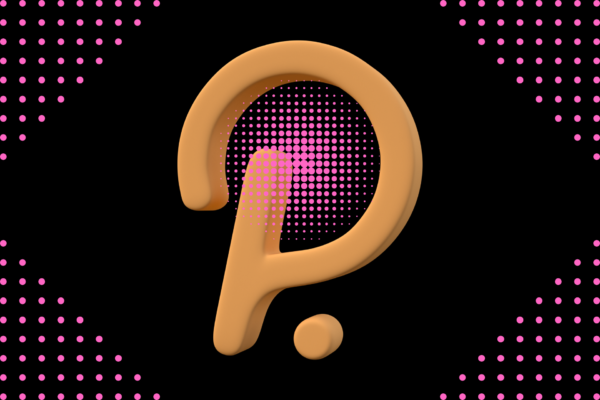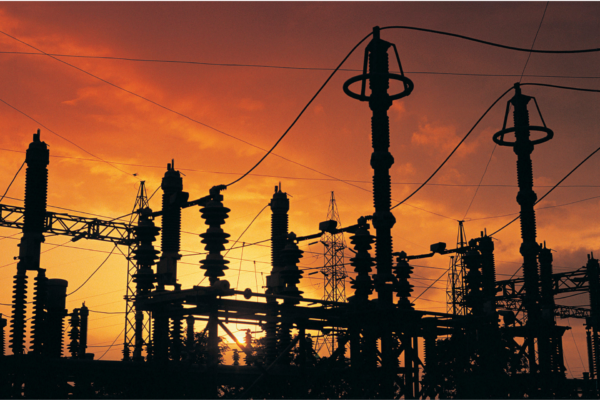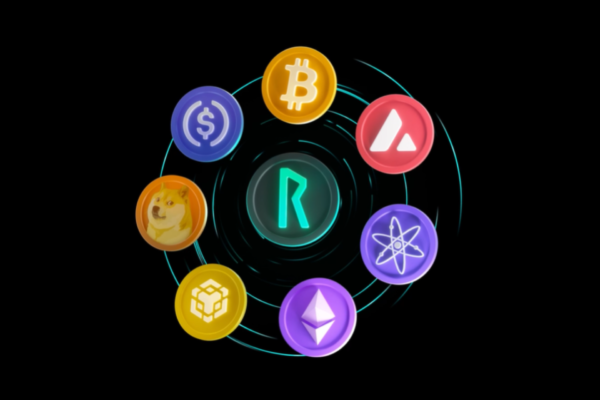Polkadot aims to create a network of coexisting blockchains. Polkadot will allow multiple blockchains to operate simultaneously, highly reducing fees while increasing speed.
Polkadot is an entire blockchain system built from the ground up, with a ton of unique features specific to its block chain. Polkadot is often compared to Ethereum when considering it’s use-cases and potential growth. The main downside of Ethereum especially lately with increased popularity of crypto is its speed and cost to perform transactions. Ethereum was not originally built to have so many users. Congestion and throughput are huge issues on the Ethereum network, which is a huge downside to users of the technology. However, because Ethereum sports one of the most vibrant and diverse blockchain ecosystems, it is a big challenge to make changes to it. Polkadot aims to solve this by bringing a new strategy to the blockchain, the picture above shows the core of Polkadot, the relay chain.
Blockchain technology is penetrating nearly every sector of software and technology. Polkadot’s approach to blockchain has positioned itself for massive growth in the years to come. If successful, Polkadot would essentially replace many of the tasks and services completed daily on the internet and beyond. These include areas such as financial services, social media, data storage and use, etc. [1].
Imagine a highway during rush hour. Everyone is rushing to get out of work at the same time, which can cause large traffic buildups. Ethereum, in its current state, suffers from this traffic; the transactions slow down and the fees increase as users bid higher and higher to get their transaction passed through. The average user cannot afford a basic transaction, which can cost hundreds of dollars in some cases.
Polkadot has a unique way to solve this problem by allowing multiple transactions to be completed simultaneously using their core relay chain. Parallel chains, also known as parachains, can attach to this relay chain. This concept allows many parachains to operate simultaneously. This parallel processing solves the speed and traffic problem noted on Ethereum, by letting many smaller parallel chains work independently. Bridges will allow other established networks to interoperate with the ecosystem while maintaining security. This process will also allow development teams to build customized blockchains designed to attach to the network. The relay chain handles the security and synchronization between chains as they communicate with each other; essentially serving as a high speed translator between different blockchains on the Polkadot network. This ability to integrate multiple ecosystems into one will allow for new and creative services in the future.

Polkadot uses a process known as governance to vote on future developments of the project. The native Polkadot token, DOT, allows users to vote based on percentage ownership. This system is transparent and on the blockchain. The Polkadot council (entity behind Polkadot) and the public can both propose changes to the network, which will in turn be voted upon fairly. Developers on parachains will run their blockchain network separately with their own protocols and governance systems[2].
Another important feature of Polkadot is that it will add upgrades to the system in a forkless manner. Hard and soft forks in crypto can lead to errors in the system and validators not reaching the same consensus because of a split network. This can take months to troubleshoot, and has occurred on Ethereum in the past. Polkadot brings a new method of upgrading on chain, which is a far superior system for upgrading without network disruption. These factors have inserted Polkadot directly into the mainstream of crypto blockchain projects.
Polkadot tests and develops the project by using a copy of the network known as Kusama. All the testing and development of Polkadot is completed on the Kusama network (which includes live parachains at the time of this writing). Polkadot offers these parachains through an auction system. Kusama and Polkadot, when offering an auction, allow holders of their respective tokens to vote on different projects competing for the same parachain. The project with the most locked up tokens at the end of the auction wins. These votes are completed on chain, and when a winner is decided the tokens are locked into either Polkadot or Kusama. In return for locking tokens, backers of a parachain may receive airdrops or tokens from that project as rewards. This allows users of Polkadot access to very early, but promising projects, which is a key investment strategy in the world of crypto.
For users who voted on a project that loses an auction, their tokens are returned. For users who voted on a project that wins an auction, their tokens will be locked up between 6 months to 2 years, whichever the winning project has decided for a lease period. At the end of this 6 month to 2-year period, the Polkadot or Kusama tokens will be returned to the voter. This has the potential to be an extremely lucrative process since this will drive the price of KSM and DOT tokens as more users participate. The downside risk is also reduced because the tokens used for voting are always returned at some point.
Polkadot brings a unique perspective to the blockchain and smart contract space. It is clear the network has been well thought out and heavily tested. Polkadot parachain auctions are not yet live, but the fact that the test network Kusama has had live auctions is a sign that the go live date for Polkadot is coming fast. If you are interested in similar projects that will potentially compete with Ethereum, read our articles on other main networks and smart contract blockchains.
[1] https://polkadot.network/technology/
[2] https://wiki.polkadot.network/docs/learn-governance



